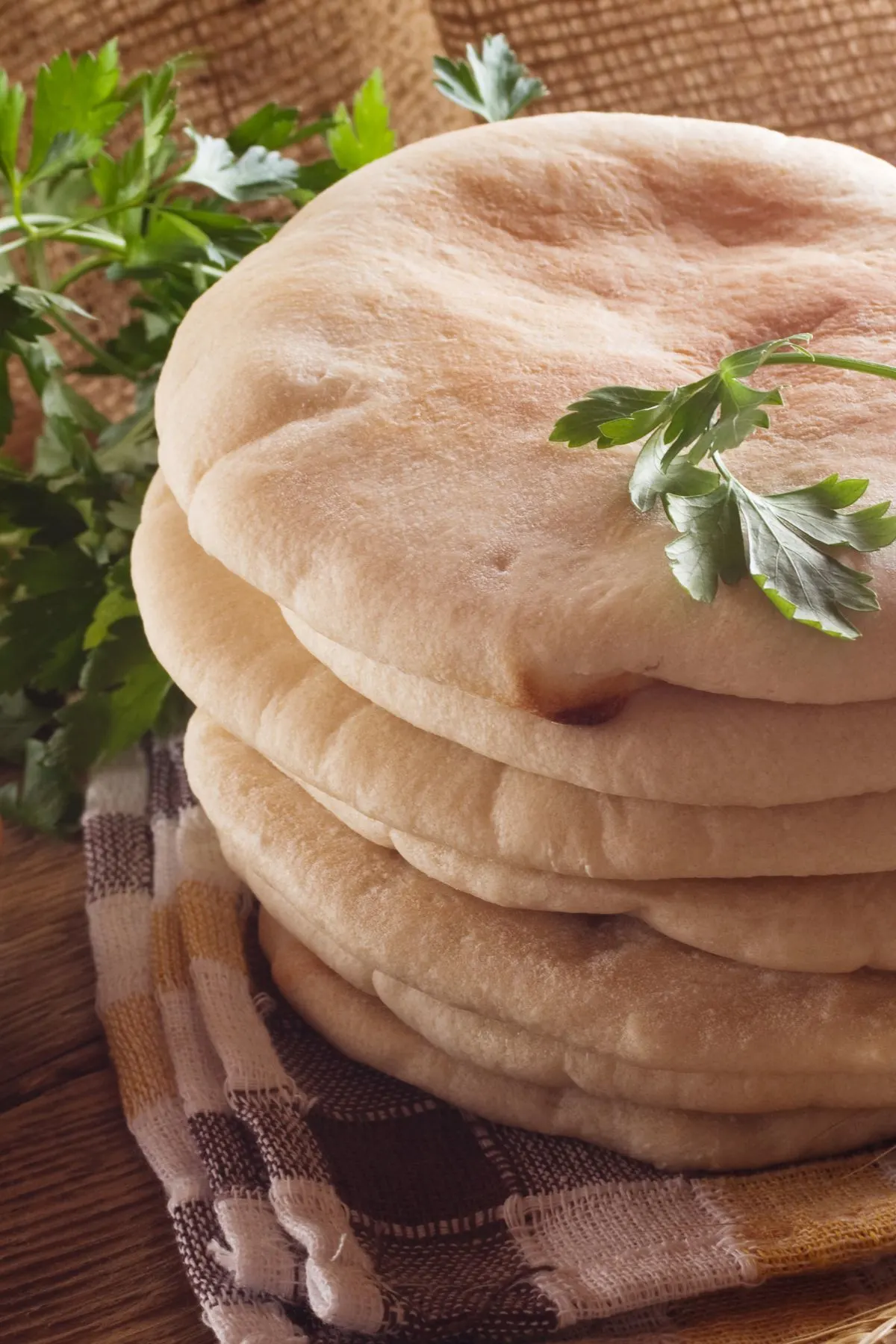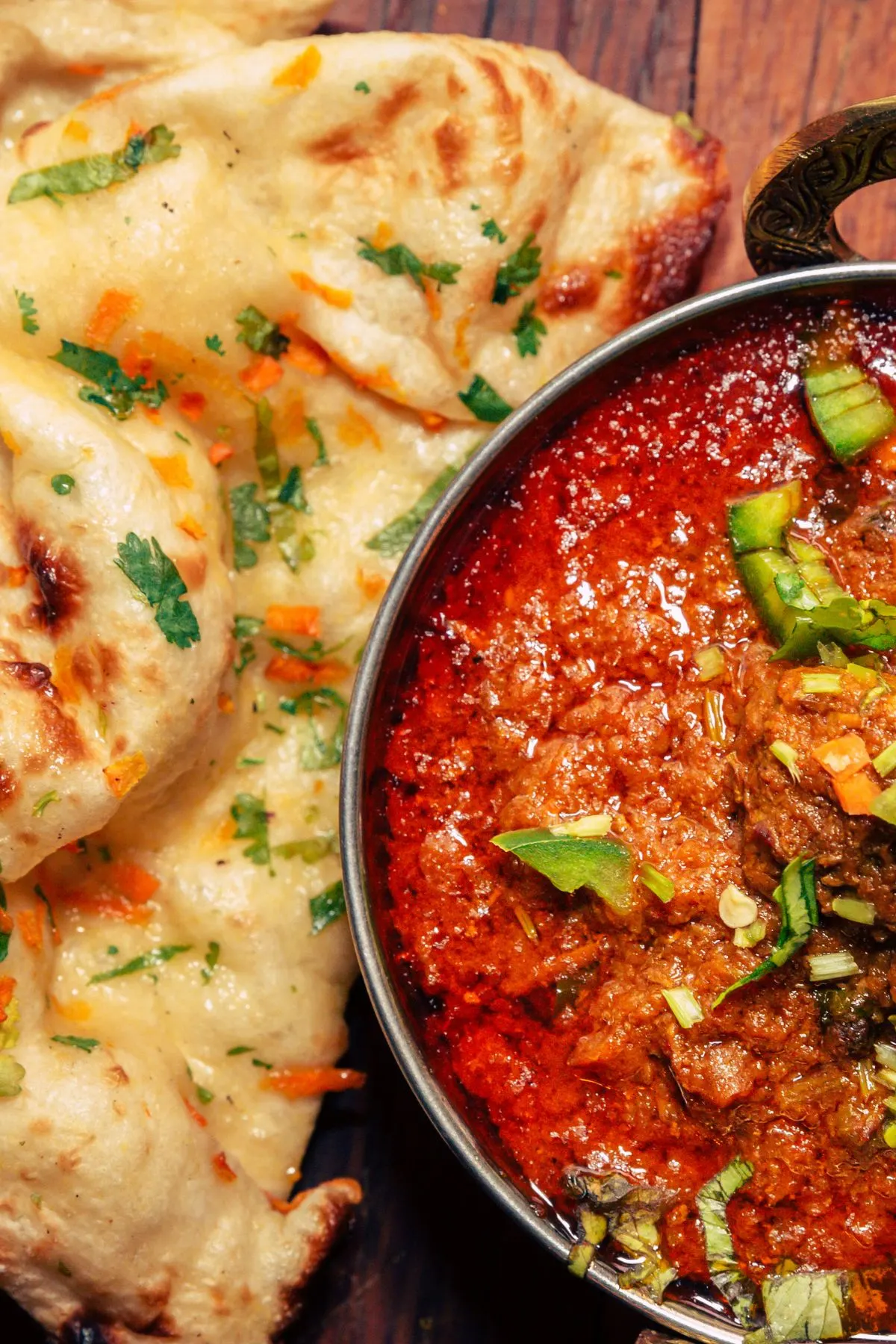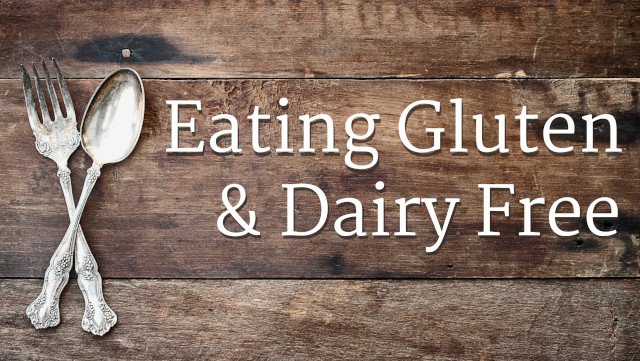Lavash bread is a popular Middle Eastern flatbread that is enjoyed all over the world. It is a versatile bread that can be used in a variety of dishes, from wraps to sandwiches to pizzas. However, for those with gluten sensitivities or celiac disease, the question of whether or not lavash bread is gluten-free is an important one.
The answer to this question is both yes and no. Traditional lavash bread is made with wheat flour, which contains gluten.
However, there are now many gluten-free versions of lavash bread available on the market, made with alternative flours such as rice or chickpea flour.
It is important to read the label carefully and check for any potential cross-contamination with gluten-containing ingredients.

What is Lavash Bread?
Lavash bread is a type of thin, flatbread that is popular in Middle Eastern and Mediterranean cuisine. It is also known as lavaş, tandoor, or Armenian flatbread.
The bread is made from a simple dough containing flour, water, salt, and sometimes yeast or leavening agents.
Origin and Description
Lavash bread has been a staple in the Middle East for centuries. It is traditionally cooked in a clay oven, or tandoor, which gives it a crispy texture. The bread is typically unleavened, which means it does not contain any leavening agents like yeast or baking powder. This gives it a thinner, cracker-like texture compared to other bread varieties.
Lavash bread is a versatile bread that can be used for sandwiches, wraps, or as a side dish. It can also be used as a pizza crust or dipped into hummus and other dips. Homemade lavash bread can be cooked on a griddle or in a modern kitchen oven.
Nutritional Content
Lavash bread is a nutritious bread that is low in fat and high in fiber and protein. It is also a good source of vitamins and minerals like potassium and iron.
However, traditional lavash bread is made with wheat flour, which contains gluten. This makes it unsuitable for those with gluten intolerance or celiac disease.
Gluten-free lavash bread can be made using alternative flours like rice flour, tapioca flour, or coconut flour. These gluten-free alternatives are typically not as pliable as those made with wheat flour, but they can still make delicious wraps and sandwiches.
In conclusion, lavash bread is a tasty and versatile bread that can be enjoyed in many ways. While traditional lavash bread is made with wheat flour and contains gluten, gluten-free alternatives are available for those with gluten intolerance or celiac disease.

Is Lavash Bread Gluten-Free?
Lavash bread is a flatbread that has been a staple in Middle Eastern cuisine for centuries. It is a thin, unleavened bread that is baked in a clay oven.
Lavash bread is versatile and can be used as a wrap, a pizza crust, or simply eaten as is. But is it gluten-free?
Ingredients
Lavash bread is typically made from wheat flour, which contains gluten. Therefore, most lavash bread is not gluten-free.
However, some brands of lavash bread are now being made with alternative flours such as almond or coconut flour, which are gluten-free. It is important to check the ingredients list before purchasing lavash bread to ensure that it is gluten-free.
Some flavored bread may include poppy seeds, black pepper, pine nuts, garlic powder, sea salt, pumpkin seeds, and more.
Gluten Content
For those with celiac disease or gluten intolerance, consuming gluten can cause a range of symptoms, including stomach pain, bloating, and diarrhea. Therefore, it is important to avoid foods that contain gluten, including most lavash bread.
It is worth noting that some lavash breads may contain a small amount of gluten due to cross-contamination during production. If you have celiac disease or a severe gluten intolerance, you should be cautious when consuming any lavash bread.
How to Cook and Store Lavash Bread
Lavash bread is a versatile, thin, and soft flatbread that is commonly used in Middle Eastern and Mediterranean cuisine. It is made from wheat flour, water, salt, and yeast, and can be used for wraps, sandwiches, or as a side dish. If you are looking to cook and store lavash bread, here are some tips to help you out.
Cooking Methods
There are several ways to cook lavash bread, depending on your preference and the dish you are making. Here are some common cooking methods:
- Grilling: Preheat your grill to medium-high heat. Brush the lavash bread with olive oil, and grill for 1-2 minutes on each side, until crispy and golden brown.
- Oven: Preheat your oven to 350°F. Place the lavash bread on a baking sheet, and bake for 5-7 minutes, until crispy and golden brown.
- Stovetop: Heat a non-stick skillet over medium-high heat. Brush the lavash bread with olive oil, and cook for 1-2 minutes on each side, until crispy and golden brown.

Storage Tips
To keep your lavash bread fresh and tasty, here are some storage tips:
- Room Temperature: If you plan to use your lavash bread within a day or two, you can store it at room temperature in a paper bag or wrapped in a clean kitchen towel.
- Refrigerator: If you want to store your lavash bread for a longer period, you can refrigerate it in an airtight container or plastic bag. It will last for up to a week in the fridge.
- Freezer: Lavash bread can also be frozen for up to 3 months. Wrap it tightly in plastic wrap or aluminum foil, and store it in an airtight container or freezer bag.
Remember that lavash bread contains gluten, so it is not suitable for people with celiac disease or gluten intolerance. Always check the label before purchasing to ensure that it is made with all-natural ingredients and does not contain any additives or preservatives.
By following these cooking and storage tips, you can enjoy fresh and delicious lavash bread whenever you want.
Benefits of Lavash Bread
Lavash bread is a popular Middle Eastern flatbread that has been enjoyed for centuries. This versatile bread has many benefits that make it a great addition to your diet. Here are some of the benefits of lavash bread:
Nutritional Benefits
Lavash bread is a healthy and nutritious option for those looking to add more fiber and protein to their diet. It is made from simple ingredients like flour, water, and salt, and can be either leavened or unleavened. Here are some nutritional benefits of lavash bread:
- High in fiber: Lavash bread is rich in fiber, which is important for maintaining good digestive health. It can help regulate bowel movements and prevent constipation.
- Good source of protein: Lavash bread contains protein, which is essential for building and repairing tissues in the body. It is a great option for vegetarians who may be looking for non-meat sources of protein.
- Low in fat: Lavash bread is a low-fat option compared to other bread types, making it a great option for those looking to lose weight.
Versatility in Recipes
Lavash bread is incredibly versatile and can be used in a variety of recipes. It can be used as a wrap, pizza crust, or even as a substitute for traditional sandwich bread. Here are some ways you can use lavash bread in your cooking:
- Dips and fillings: Lavash bread can be cut into small pieces and used as a dipper for hummus, tzatziki, or other dips. It can also be filled with ingredients like chicken, veggies, and cheese for a quick and easy meal.
- Sandwiches: Lavash bread can be used as a substitute for traditional sandwich bread. It is a great option for those who are looking for a low-carb or gluten-free alternative.
- Pizza crust: Lavash bread can be used as a pizza crust. It is a healthier option compared to traditional pizza crust and can be topped with a variety of ingredients.
Overall, lavash bread is a healthy and versatile option for those looking to add more fiber and protein to their diet. It can be used in a variety of recipes and is a great option for those looking to lose weight or maintain a healthy lifestyle.
Frequently Asked Questions
Is lavash bread typically gluten-free?
No, lavash bread is not typically gluten-free. Traditional lavash bread recipes contain wheat flour, which contains gluten. However, some brands may offer gluten-free options made with alternative flours.
Can you make gluten-free lavash bread at home?
Yes, you can make gluten-free lavash bread at home using alternative flours such as rice flour, almond flour, or chickpea flour. There are many recipes available online that cater to various dietary restrictions.
We are working on testing a gluten free lavash bread ourselves and will share once we get the best results.
What are some gluten-free alternatives to lavash bread?
If you are looking for gluten-free alternatives to lavash bread, you may consider using gluten-free wraps, corn tortillas, or lettuce leaves as a substitute. These options are widely available and can be used in a variety of recipes.
What is the nutritional value of gluten-free lavash bread?
The nutritional value of gluten-free lavish bread may vary depending on the brand and ingredients used. However, most gluten-free lavash bread is a good source of fiber and protein.
It's important to check the label for nutritional information while following a gluten-free diet.
How does lavash bread compare to other gluten-free bread options?
Compared to other gluten-free bread options, lavash bread tends to be lower in calories and carbohydrates. It's also a good source of fiber and protein.
However, it's important to note that the nutritional value may vary depending on the brand and ingredients used.
While traditional lavash bread is not gluten free, you can make your own gluten free version if familiar with gluten-free baking using gluten-free flour. You can even turn that bread into lavash crackers or thin, crispy crackers if desired!
Find out more about gluten and dairy free living in other topics:
